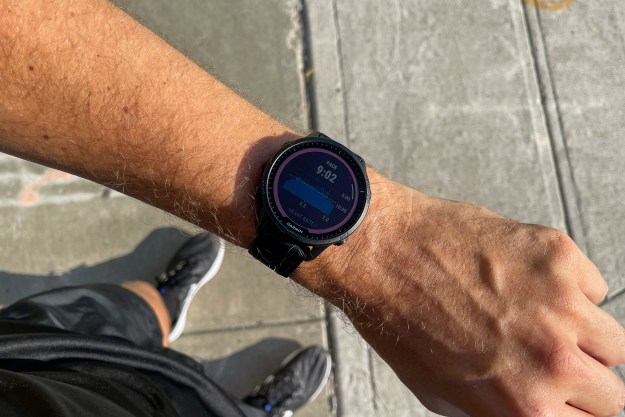Researchers from the University of Washington have developed a fly-sized robot they think could be used to access places inaccessible to regular-sized drones. The RoboFly, which is only marginally heavier than a toothpick, can take off and land completely wirelessly. To do this, it uses tiny wings — rather than the more common propellers — to keep it airborne. While it can only launch itself off the ground a short distance at present, the team hopes to be able to improve the tiny robot’s aerial capabilities so that it can hover and fly about.
“Our RoboFly is a wirelessly powered flapping-wing robot about the size of a real insect, complete with power electronics and computation,” Vikram Iyer, a doctoral student in the UW Department of Electrical Engineering, told Digital Trends. “The exciting thing here is that we demonstrate the first robot of this kind that can actually lift off without any wires. We do this by aiming a laser at a small solar cell on the robot to deliver power. The solar cell converts laser light into electrical power, which then goes through our custom circuit that actually flaps the wings to lift it off the ground.”

Shyam Gollakota, an associate professor in the university’s School of Computer Science & Engineering, said that small flying robots such as this one may be useful for performing a variety of tasks. These could include search-and-rescue missions, where their small size would make them more cost effective to produce at scale and deploy in large numbers. They could also be utilized for inspection tasks, such as checking gas pipelines for leaks or monitoring agricultural crops on a smart farm.
Mechanical engineering doctoral student Johannes James told DT that the team plans to expand the project by making the RoboFly more adept at maneuvering tricky terrain. “We also intend to develop abilities to navigate difficult environments, such as moving along the ground,” James said. This may involve incorporating tiny batteries into the robot or allowing it to harvest energy from radio frequency signals as a power source.
The team will be presenting its findings on May 23 at the International Conference on Robotics and Automation in Brisbane, Australia.


